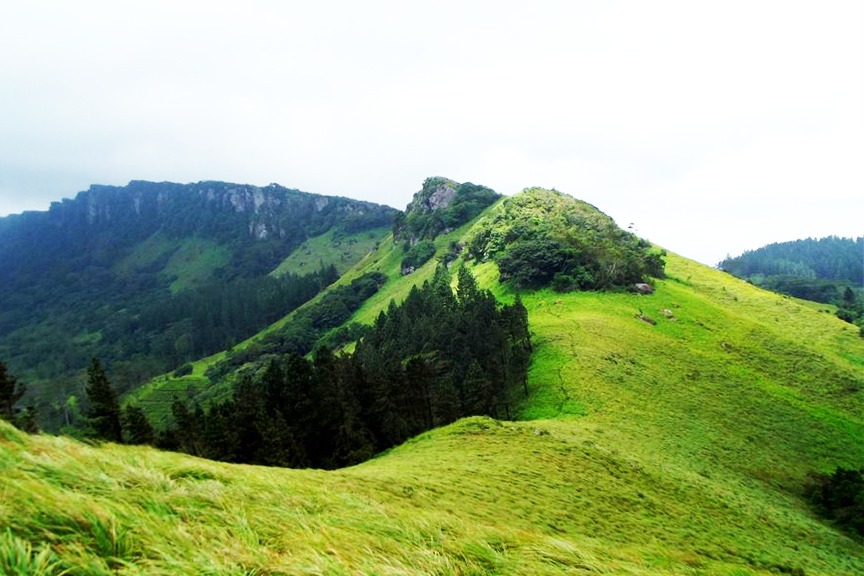Hanthana Mountain Range


Historical Significance
The Hanthana Mountain Range, stretching along the outskirts of Kandy, holds a cherished place in both the natural and cultural history of Sri Lanka. Once part of the Kandyan Kingdom’s royal landscape, Hanthana’s misty peaks have long inspired poets, artists, and travelers. The range also played a significant role during the British colonial period, when tea cultivation was first introduced to the region. Early tea plantations, including those established by pioneers such as James Taylor, flourished on these slopes, shaping the beginnings of Sri Lanka’s world-famous Ceylon tea industry. Today, Hanthana remains a protected area, valued for its biodiversity, scenic beauty, and deep cultural resonance.
Natural Beauty and Landscape
Rising between 1,200 and 1,400 meters above sea level, the Hanthana Range consists of seven distinct peaks, with Uura Kanda being the highest. The mountains form a striking backdrop to Kandy’s skyline, blanketed in lush greenery, tea gardens, and mist. The terrain is a mix of tropical forest, grasslands, and rocky outcrops, making it an ideal destination for hiking, photography, and birdwatching. On clear mornings, hikers are rewarded with sweeping views of the Kandy cityscape, the Knuckles Mountain Range, and the distant Central Highlands. The cool mountain air, gentle breeze, and ever-changing play of clouds make Hanthana one of Sri Lanka’s most breathtaking natural retreats.
Cultural and Environmental Relevance
Beyond its scenic appeal, the Hanthana region serves as a hub for environmental research and education. The University of Peradeniya, located at the foot of the range, often conducts ecological and botanical studies here, recognizing the mountain’s role as a vital watershed and wildlife habitat. Hanthana also holds literary significance in Sri Lankan culture—it inspired the beloved Sinhala song “Hanthane Kathawa,” symbolizing love, nostalgia, and the bond between people and nature. The area is now a designated environmental protection zone, safeguarding its rich biodiversity and ensuring sustainable tourism practices for future generations.
Visiting Tips
Hanthana is easily accessible from Kandy city, approximately 6 kilometers away, and can be reached by vehicle or on foot for those who enjoy hiking. Several trails of varying difficulty lead through tea estates and forest paths, with local guides available for those unfamiliar with the terrain. The best time to visit is during the dry season (December to April), when trails are safe and visibility is clear. Morning hours are ideal for hiking, while late afternoons offer golden light for photography. Visitors should bring sturdy footwear, water, and light snacks, and are encouraged to respect the natural environment by avoiding littering or disturbing wildlife.
Conclusion
The Hanthana Mountain Range captures the essence of Kandy’s natural beauty—majestic, tranquil, and timeless. Its rolling hills, cool air, and panoramic views make it a must-visit destination for nature enthusiasts, hikers, and photographers alike. More than just a scenic escape, Hanthana embodies the deep connection between Sri Lanka’s landscape, history, and culture. A visit here promises not only adventure and serenity but also a profound appreciation for the island’s enduring harmony between people and nature.


